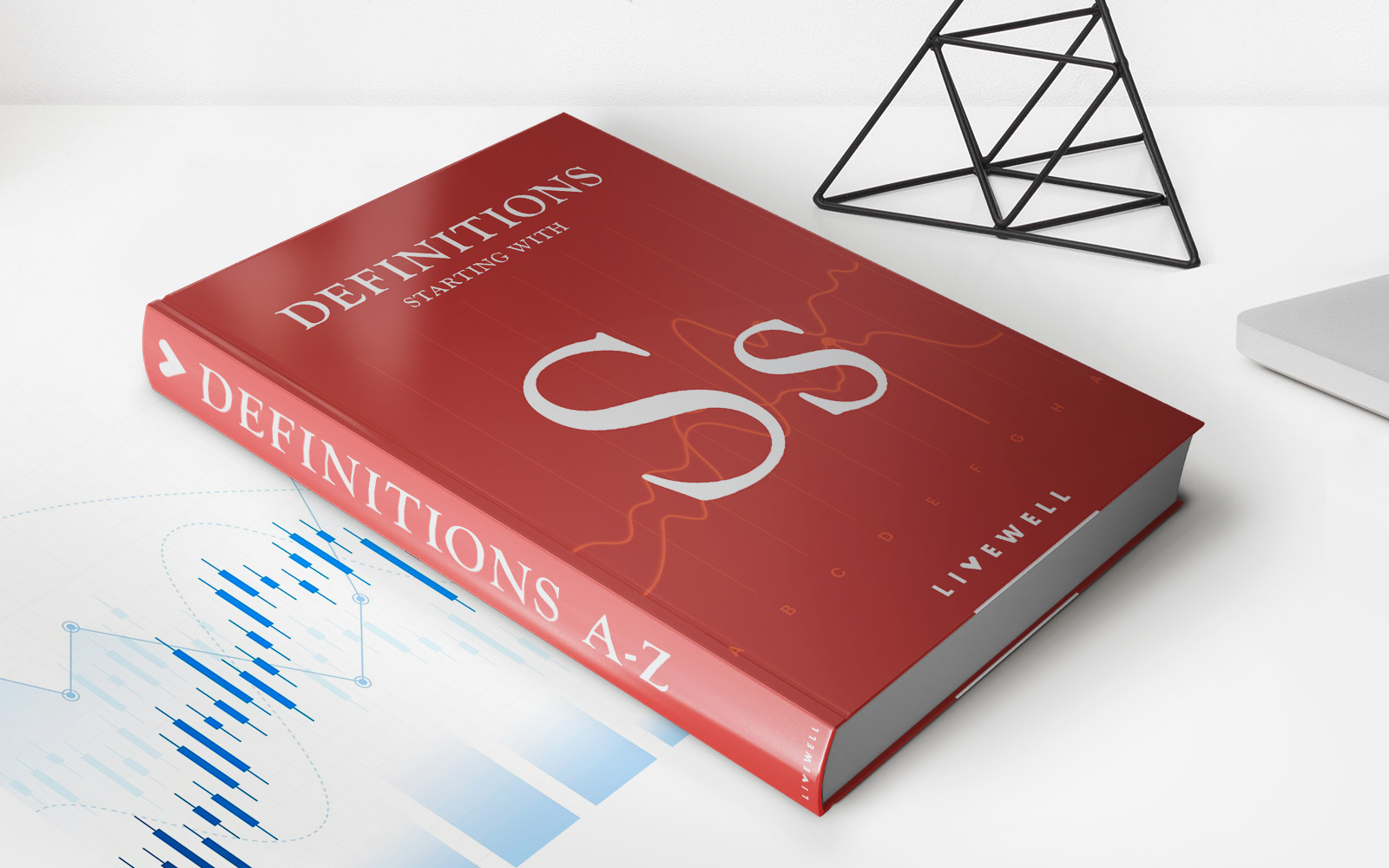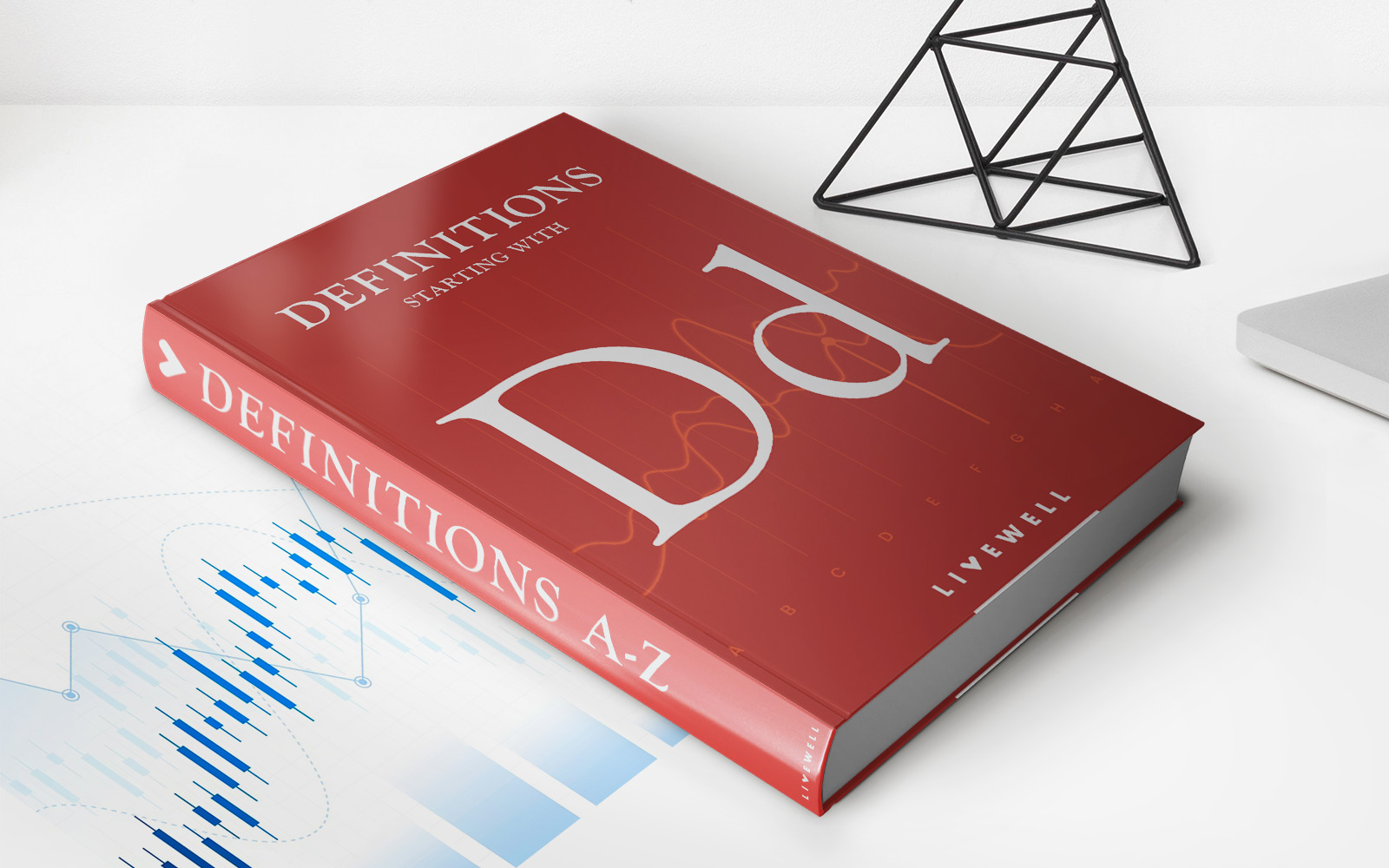

Finance
How Are Student Loan Payments Applied
Published: October 22, 2023
Learn how student loan payments are applied and managed. Get insights into the financial aspect of student loans. #Finance #StudentLoans
(Many of the links in this article redirect to a specific reviewed product. Your purchase of these products through affiliate links helps to generate commission for LiveWell, at no extra cost. Learn more)
Table of Contents
Introduction
Student loans are a common form of financial assistance for students pursuing higher education. While they can provide the means to achieve educational goals, they also come with the responsibility of repayment. Understanding how student loan payments are applied is crucial to managing your debt and achieving financial stability.
When you take out a student loan, you agree to a repayment plan that outlines how and when you will make payments. These payments typically consist of both principal and interest. The principal amount is the initial loan balance you borrowed, while the interest is the cost of borrowing the money.
Many borrowers are unaware of how their student loan payments are applied. This article aims to demystify the process by explaining the factors that determine how payments are allocated and the impact this can have on your overall loan repayment term. By understanding the intricacies of student loan payment allocation, you can make informed decisions to effectively manage your debt and save money in the long run.
Understanding Student Loan Payments
Before delving into how student loan payments are applied, it is important to have a solid understanding of the components of these payments. As mentioned earlier, student loan payments typically consist of both principal and interest.
The principal amount is the original loan balance that you borrowed. This is the actual amount you need to repay. The interest, on the other hand, is the cost of borrowing the money and is usually expressed as a percentage of the principal. The interest accrues over time and is added to the overall balance of your loan.
When you make a student loan payment, the goal is to reduce both the principal and the interest. However, the way payments are allocated can vary depending on the terms and conditions of your loan agreement, as well as other factors such as payment frequency and any outstanding fees.
It’s important to note that student loan payment allocation is regulated by federal laws for federal student loans. For private student loans, the specific terms of your loan agreement will determine how payments are applied. Understanding the specifics can help you effectively manage your loan repayment.
Next, let’s explore how student loan payments are typically applied and the factors that can influence this allocation.
How Student Loan Payments are Applied
Student loan payments are typically applied to your outstanding balance in a specific order determined by federal regulations or the terms of your loan agreement. The general allocation order is as follows:
- Outstanding fees and collection costs: Any late fees, penalties, or collection costs associated with your loan are usually the first to be paid off by your monthly payment.
- Accrued interest: After any outstanding fees are settled, the next portion of your payment is applied to the accrued interest on your loan. This helps to reduce the overall interest owed.
- Principal balance: Once any outstanding fees and accrued interest have been addressed, the remaining portion of your payment is applied to your loan’s principal balance. This reduces the amount of money you borrowed initially.
It’s important to note that the specific allocation of your payment may vary depending on the terms of your loan agreement. Some lenders may allocate payments differently, so it’s essential to review your loan agreement or contact your loan servicer for clarification.
Additionally, if you have multiple loans, each loan may have a separate minimum payment due. In such cases, any extra payment you make beyond the minimum may be applied differently. Some lenders will distribute the extra amount evenly among all your loans, while others may apply it to a specific loan.
Understanding how your payments are applied is crucial to ensure that your money is chipping away at both the principal and interest of your loan effectively. By paying attention to the allocation of your payments, you can make informed decisions regarding your repayment strategy and potentially save money in the long run.
Factors That Determine How Payments Are Applied
Several factors come into play when determining how student loan payments are applied. Understanding these factors can help you navigate your loan repayment more effectively and strategically. Here are some key considerations:
- Loan type: The type of loan you have can impact how payments are allocated. Federal student loans, for example, have specific regulations that dictate the order in which payments are applied. Private student loans, on the other hand, may have different terms outlined in the loan agreement.
- Outstanding fees: If you have any outstanding fees or collection costs, these will typically be satisfied first before any payment is applied to interest or principal. It’s important to review your loan terms to understand if any fees are charged and how they may affect payment allocation.
- Loan status: The status of your loan can also impact payment allocation. If your loan is in deferment or forbearance, for example, payments may not be applied in the same manner as during the repayment phase. It’s important to stay informed about the terms and conditions applicable to your loan status.
- Repayment plan: The repayment plan you have chosen can influence how payments are allocated. For example, if you are on an income-driven repayment plan, your monthly payment may not be sufficient to cover all the accrued interest. As a result, interest may continue to accrue, leading to a different allocation of payments.
- Loan servicer: Your loan servicer, the entity responsible for managing your loan, can also play a role in determining how payments are applied. Different loan servicers may have slight variations in their payment allocation policies.
It’s important to review your loan documents, communication from your loan servicer, and other relevant information to understand how these factors may impact the allocation of your student loan payments. By staying informed, you can make informed decisions about your repayment strategy to effectively reduce both principal and interest.
Applying Payments to Principal vs. Interest
When making student loan payments, it’s crucial to understand how those payments are divided between reducing the principal balance and paying off the accrued interest. The way payments are applied can have a significant impact on the long-term cost of your loan.
Typically, after any outstanding fees and accrued interest are paid off, the remaining portion of your payment is applied to the principal balance. By reducing the principal, you directly decrease the amount of money borrowed, which can result in long-term savings in interest charges.
Reducing the principal balance is particularly important because the interest on your student loan is often calculated based on the remaining principal. The lower the principal, the less interest will accrue over time, ultimately reducing the total cost of your loan.
However, if your payment is not enough to cover the full amount of accrued interest on your loan, some lenders may apply the payment entirely to the interest rather than the principal. This is known as “interest capitalization,” wherein the unpaid interest is added to the principal balance. As a result, the interest may continue to accrue on a higher principal balance, potentially increasing the overall cost of your loan.
Understanding how your payments are applied to principal versus interest is crucial for managing your loan effectively. If you want to save money and reduce the overall cost of your loan, it is beneficial to make payments that are larger than the minimum required amount. Doing so will help you pay down the principal balance faster and decrease the amount of interest that accrues over time.
Additionally, if you have multiple loans, you may have the option to target specific loans for extra payments. By identifying loans with higher interest rates or larger principal balances, you can strategically allocate extra payments to those loans, further reducing the overall cost of your debt.
Remember, always review your loan documents and communicate with your loan servicer to understand how your payments are being applied and how you can make the most of your payments to minimize the impact of interest and accelerate your journey to becoming debt-free.
Impact of Payments on Loan Repayment Term
The amount you pay each month towards your student loan can have a significant impact on the length of your repayment term. By understanding this impact, you can make informed decisions about your payment strategy and potentially save both time and money.
When you make higher monthly payments, more of your payment goes towards reducing the principal balance of your loan. This leads to a faster repayment of the loan since there is less principal for interest to accumulate on.
For example, let’s say you have a 10-year student loan with a fixed interest rate. If you make the minimum monthly payments, your loan will be paid off in 10 years. However, if you make larger payments, you can pay off the loan earlier than the scheduled term.
It’s important to note that lenders typically recalculate your minimum payment each year based on your loan balance and the remaining term. So, if you consistently make payments larger than the required minimum, you can significantly reduce the overall repayment period.
Shortening the loan repayment term has several advantages:
- Savings on interest: The longer it takes to repay your loan, the more interest will accrue over time. By making larger payments and shortening the repayment term, you can reduce the amount of interest paid over the life of the loan, potentially saving thousands of dollars.
- Financial freedom: Paying off your student loan faster frees up your monthly cash flow, giving you more financial flexibility to pursue other goals, such as saving for a down payment on a house or investing for retirement.
- Improved credit: Making consistent and timely payments towards your student loan can have a positive impact on your credit score. Paying off the loan early can further bolster your creditworthiness.
It’s essential to consider your personal financial situation when determining the amount you can comfortably pay each month. Creating a budget and analyzing your expenses can help you identify areas where you can cut back and allocate more towards your student loan repayment.
If you find it challenging to make larger payments, consider exploring options such as income-driven repayment plans or refinancing your loan to potentially lower your interest rate. These strategies can help make your payments more manageable while still working towards reducing your loan term.
Remember, the key to reducing the loan repayment term is making consistent payments above the minimum requirement. By doing so, you can take control of your financial future and achieve freedom from student loan debt sooner than expected.
Strategies for Effective Student Loan Payments
Managing your student loan payments can feel overwhelming, but there are several strategies you can employ to make the process more manageable and effective. By implementing these strategies, you can take control of your debt and work towards financial freedom. Here are some tips:
- Create a budget: Develop a budget that outlines your monthly income and expenses. This will help you identify areas where you can cut back and allocate more funds towards your student loan payments.
- Pay more than the minimum: Whenever possible, pay more than the minimum monthly payment. By doing so, you can reduce the principal balance faster, ultimately saving on interest charges and shortening the loan repayment term.
- Consider biweekly payments: Instead of making one monthly payment, consider splitting it into biweekly payments. This strategy can help you make an extra payment each year and accelerate your progress toward paying off the loan.
- Target high-interest loans first: If you have multiple student loans, focus on paying off the loans with the highest interest rates first. By targeting these loans, you can minimize the overall interest that accrues and save money in the long run.
- Explore loan repayment assistance programs: Depending on your profession, you may qualify for loan repayment assistance programs. These programs can help you reduce or eliminate your student loan debt if you work in certain fields, such as public service or healthcare.
- Consider loan refinancing or consolidation: If you have multiple loans with high-interest rates, refinancing or consolidating your loans may be an option. This can help you secure a lower interest rate, simplify your repayment process, and potentially save on interest charges.
- Stay informed about repayment options: Familiarize yourself with different repayment options, such as income-driven repayment plans, that may be available to you. These plans can adjust your monthly payments based on your income, making them more manageable in times of financial hardship.
- Seek professional advice: If you’re unsure about the best course of action for your student loans, consider consulting with a financial advisor or loan counselor who specializes in student loan management. They can provide personalized guidance and help you make informed decisions.
Remember, paying off student loans takes time and diligence. It’s essential to stay committed to your repayment plan and remain consistent with your payments. With the right strategies and a proactive mindset, you can take control of your student loan debt and pave the way for a brighter financial future.
Conclusion
Understanding how student loan payments are applied is crucial for effectively managing your debt and achieving financial stability. By delving into the intricacies of student loan payment allocation, you can make informed decisions that can save you money and accelerate your journey towards becoming debt-free.
Throughout this article, we have discussed the components of student loan payments, such as principal and interest. We have also explored the order in which payments are typically applied, starting with outstanding fees and collection costs, followed by accrued interest, and finally, the principal balance.
We have also highlighted the factors that determine how payments are applied, such as loan type, outstanding fees, loan status, repayment plan, and loan servicer. Understanding these factors can help you navigate your loan repayment and tailor your strategy to meet your financial goals.
Furthermore, we have explored the impact of payments on the loan repayment term. Making higher monthly payments and reducing the principal balance can significantly shorten the repayment term, resulting in savings on interest, increased financial freedom, and improved creditworthiness.
We have provided strategies for effective student loan payments, including creating a budget, paying more than the minimum, considering biweekly payments, targeting high-interest loans, exploring loan repayment assistance programs, and staying informed about repayment options. Implementing these strategies can help you take control of your student loan debt and work towards financial freedom.
Ultimately, successfully managing student loan payments requires dedication, discipline, and informed decision-making. By staying proactive and understanding the intricacies of your loan, you can pave the way for a brighter financial future and achieve your goals beyond the burden of student debt.














